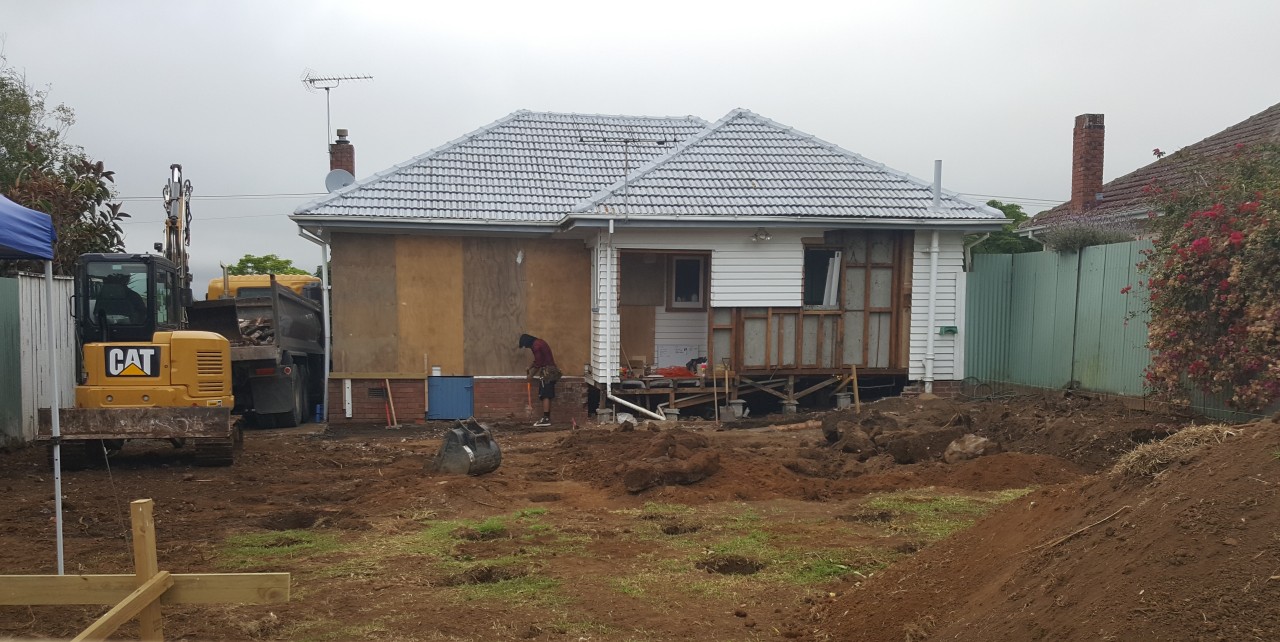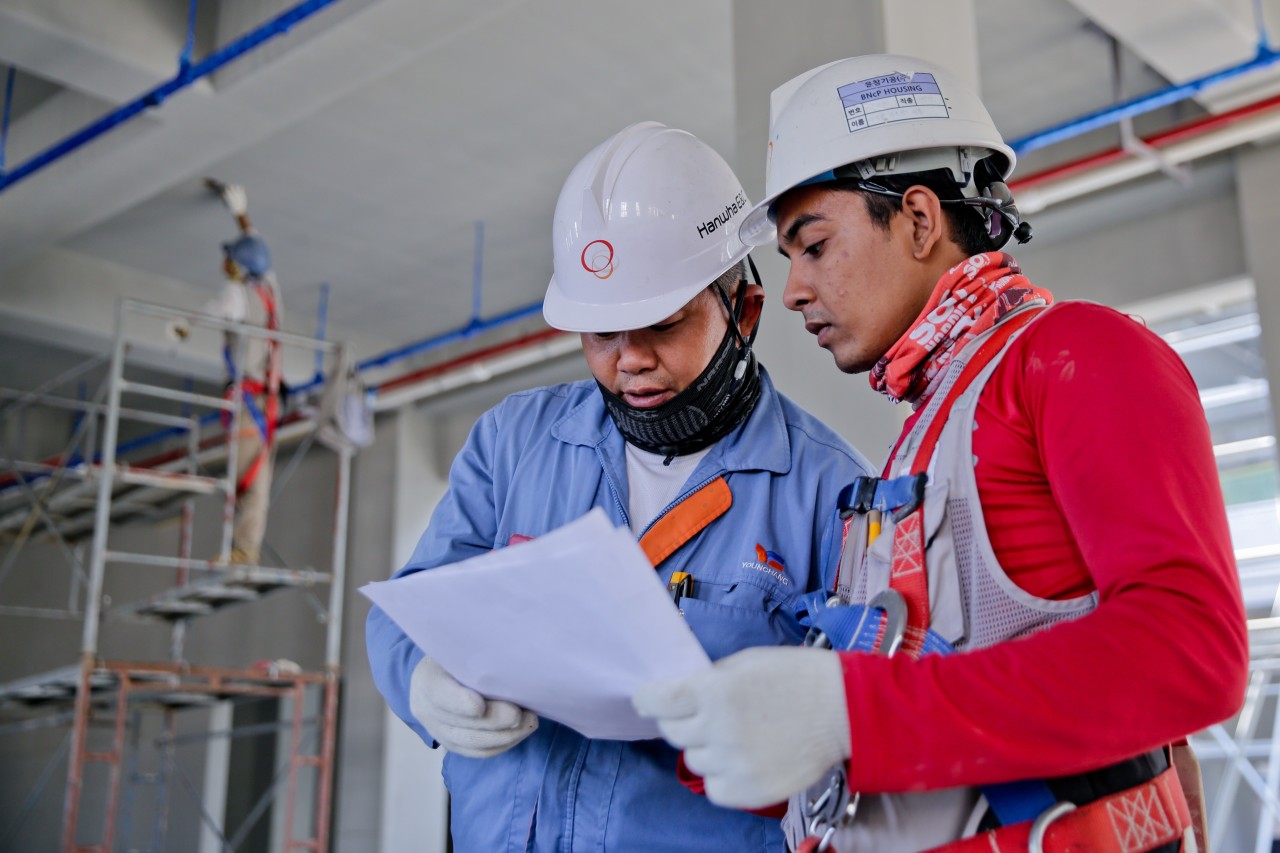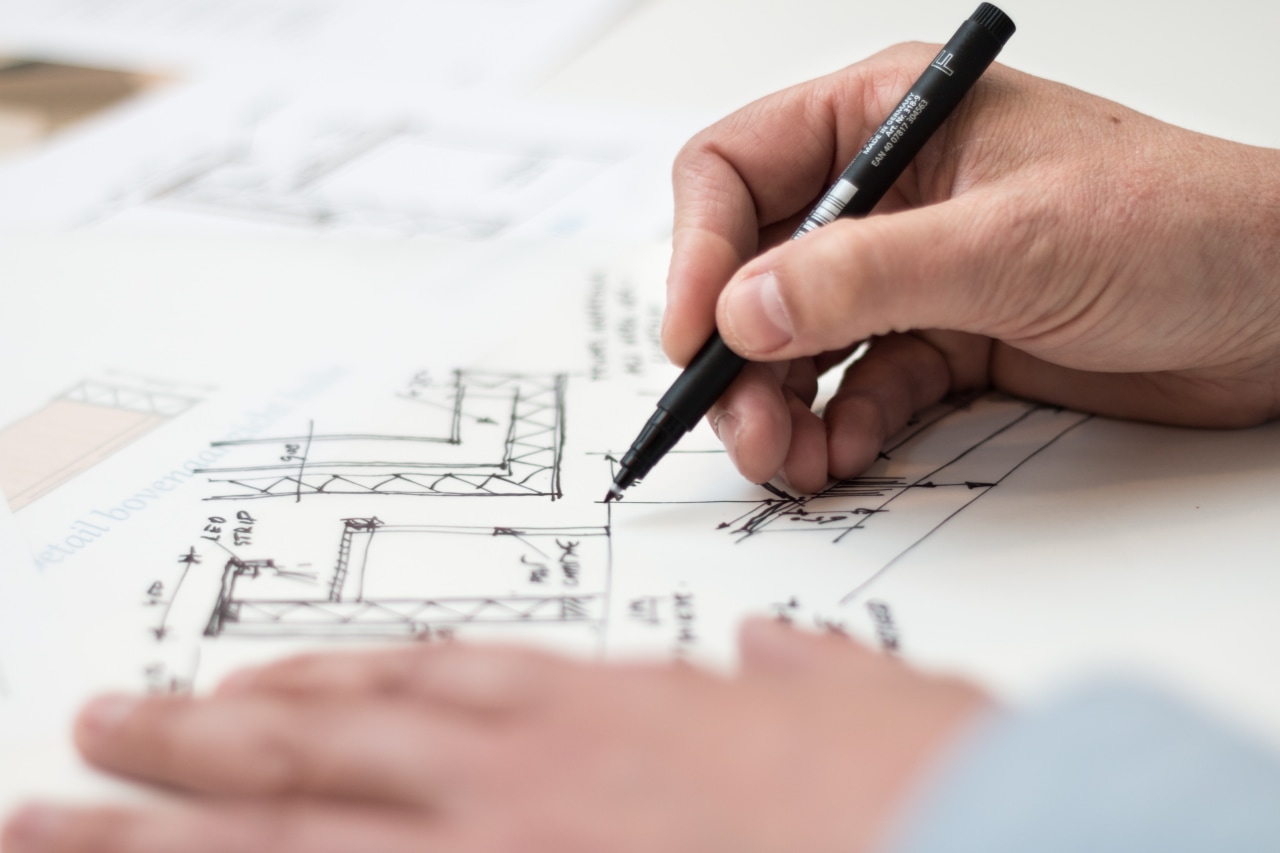Is your renovation budget realistic?
The key to a successful renovation is careful planning. One of the most important aspects of planning is a realistic, well-thought out budget. Here's how to ensure your home's budget is realistic and all-encompasing
What you need to know first
If you’re dreaming of a transforming your home, the renovation costs will almost certainly be on your mind. Even the planning stage of a renovation involves some costs. So it’s worth making sure you can afford the build, before you begin investing in things like consents and drawings.
In our experience, homeowners tend to make two major mistakes;
- they have unrealistic expectations of how far their budget will stretch and,
- they have no idea of today’s building costs.
Here’s how to get a handle on your renovation project to make sure your budget is realistic.
Make a loose plan
Establishing a budget for a renovation is complex and almost impossible to do without determining a number of details first. You need at least a loose plan of what you’re trying to achieve. Also consider the quality of finishing you want and anything that looks likely it needs replacing.
If your home is old, the chances are things like wiring, roofing structure and piling will need to be looked at too. If you’re breaking new ground to add an extension, the earth works can add significantly to the cost, especially on a sloped site or one with potential for rock.
It often helps to sketch out a plan of the renovation work you’re thinking of. Even if the plan changes once you take it to a renovation expert such, it can provide a valuable starting point for getting some cost estimates.
Without it, you’re dealing with unreliable ‘guesstimates’. Even the most experienced building company will only be able to provide a broad cost based on average square-metre rates. As we’ve outlined in a previous article, this approach can be wildly misleading.

Think beyond just the build
The cost of a renovation isn’t just the build. There are design and building and resource consent costs to consider. These often also include costs from specialists such as engineers, surveyors, stormwater and Geotech experts to determine details specific to your project. You’ll need to research these costs and include an allowance in your budget. They can quickly add up and be a significant cost in the planning of your renovation.
Council requirements can also add to the complexity and therefore the cost of your build, with height-to-boundary and site-coverage rules, or drainage and vehicle access requirements. So, it’s important to bear these things in mind too.

Get ready to compromise
Once you’ve moved past the scoping stage and have proper house plans and consents, the real figures will start to emerge. The chances are there will be costs you hadn’t thought of, or figures that are much higher than expected. This may mean compromising – focus on your must-haves and leave the wants for a later date.
The best way to keep control over your renovation budget is to work alongside a builder through the planning and design stages. Look for builders who specialise in renovations and offer a wrap-around service, with expert start-to-finish planning. A builder will always be more up-to-date on current building costs than a draughts-person or architect. They also have a more vested interest in getting the build planned and ready to go.
Include a contingency
In renovations, expect the unexpected, especially if yours is an older home. Non-compliant windows, rotten floorboards, wiring from last century – these surprises are why a realistic budget should always include a contingency fund.
Under a fixed-price building contract, we always recommend a contingency of 10-15% so you have funds available for the unforeseen if needed. The contingency for a charge-up/cost reimbursement contract however will need to be more around the 25% mark. This is because the builder won’t have necessarily spent the time to determine all costs as carefully.

Careful Planning Is The Key
While you’re imagining that shiny new bathroom, or the luxury of extra space when you push out the lounge wall, it’s important to do some careful planning before you jump in the deep end of renovations.
Make a loose plan and do some rough drawings. Decide how fancy you want things to be, and what your must-haves are. Look carefully at your budget – then add 10-25% as a contingency fund. Don’t forget council consents and draughting costs, building regulations and what you might find when the wall coverings come off or the carpet comes up.
Above all, choose the right builder. One with specific renovations experience who can offer you not just a realistic estimate, but also an end-to-end service for your renovation project.
In the Auckland area and want to talk to someone about the cost of renovating? Contact MyHome Renovations about your project today.
Story by: MyHome Renovations
Home kitchen bathroom commercial design

